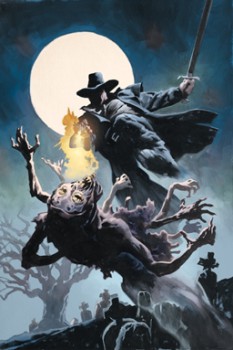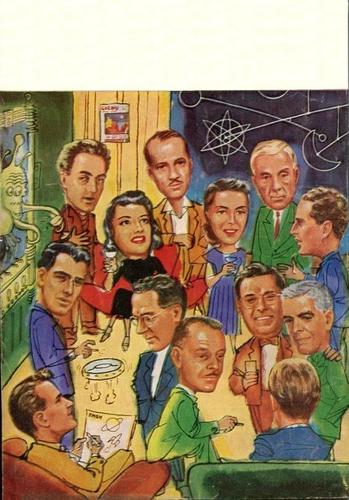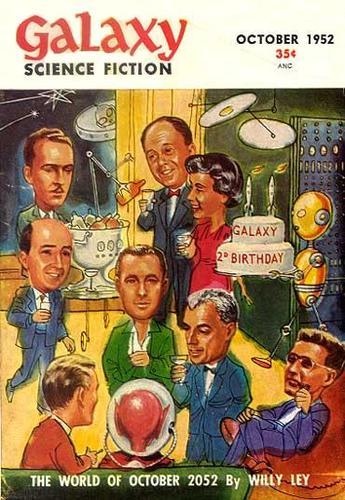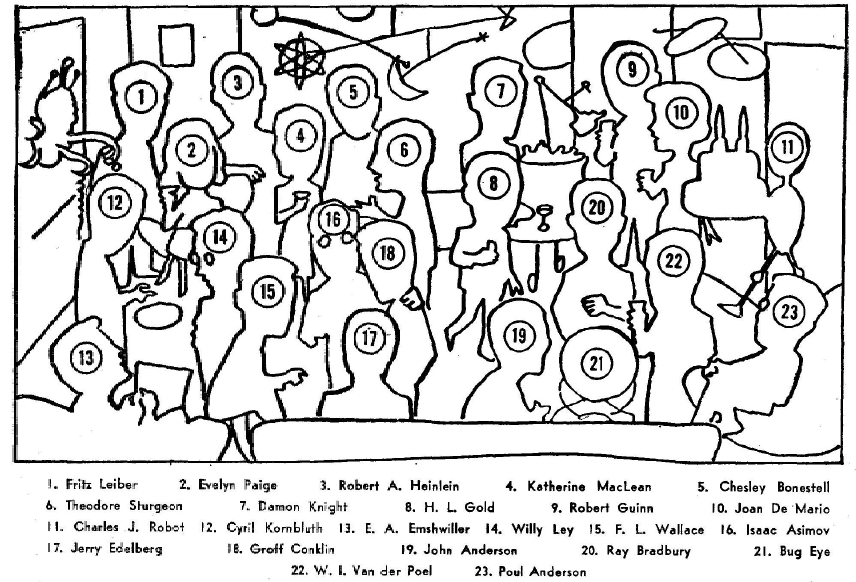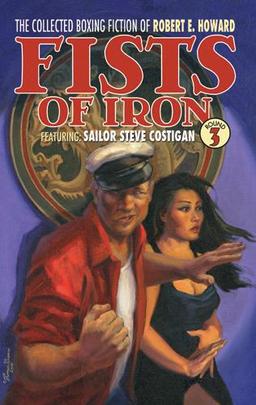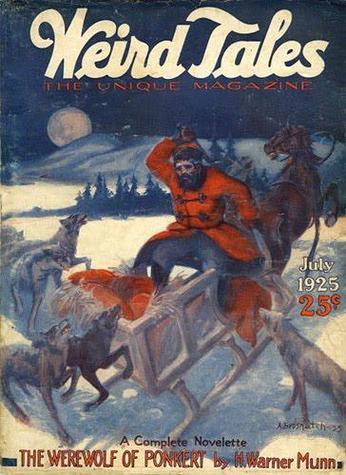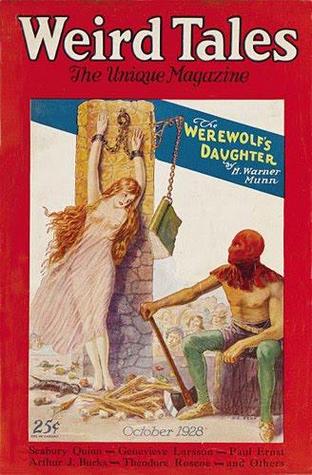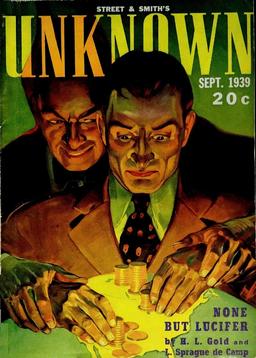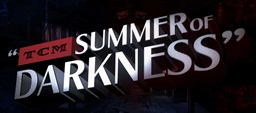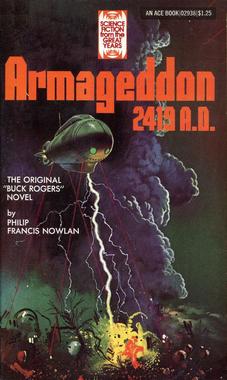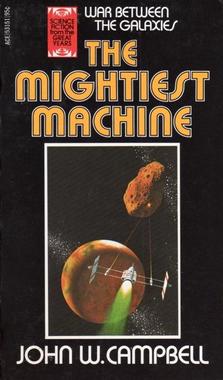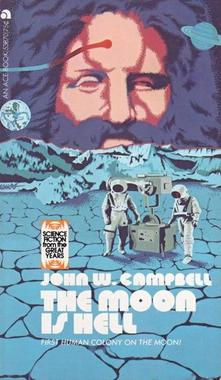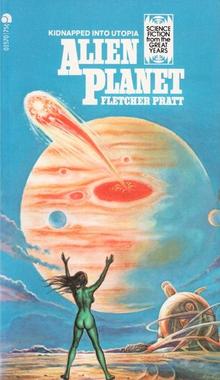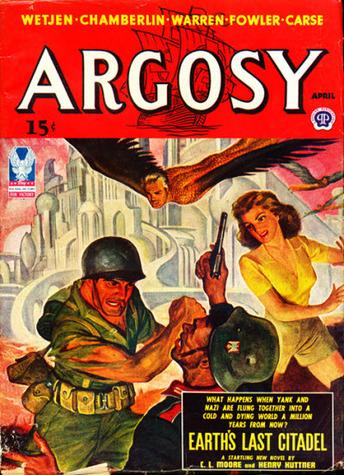The Omnibus Volumes of Murray Leinster
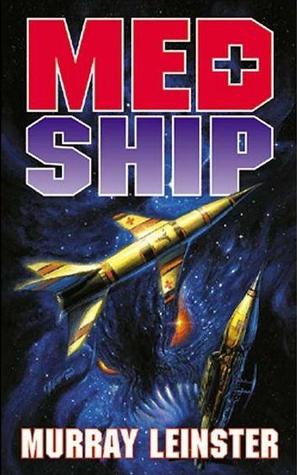 |
 |
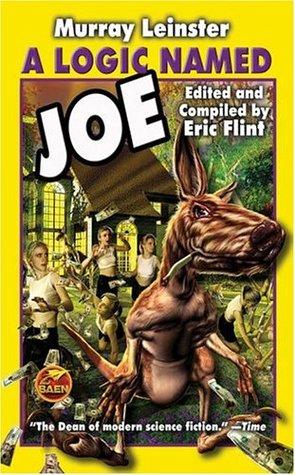 |
Last week, in my article on The Omnibus Volumes of James H. Schmitz, I noted how Eric Flint edited seven omnibus volumes collecting the science fiction of James H. Schmitz, starting in 2000. Those books were successful enough that Eric expanded his project to include other great SF and fantasy writers of the mid-20th Century.
And boy, did he expand it. By the time he was done, Baen had published volumes dedicated to A. E. Van Vogt, Michael Shea, Howard L. Myers, Keith Laumer, Randall Garrett, Christopher Anvil, Cordwainer Smith, Lois McMaster Bujold, A. Bertam Chandler, P.C. Hogdell, Andre Norton, and many others. Today I want to look at the three volumes dedicated to Murray Leinster, “The Dean of Science Fiction,” whose work I think still has enormous appeal even today.
